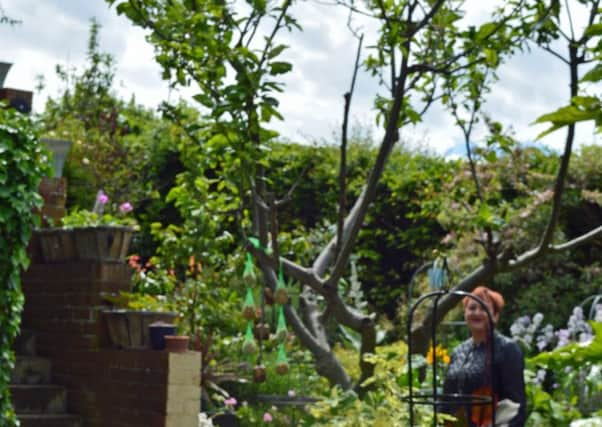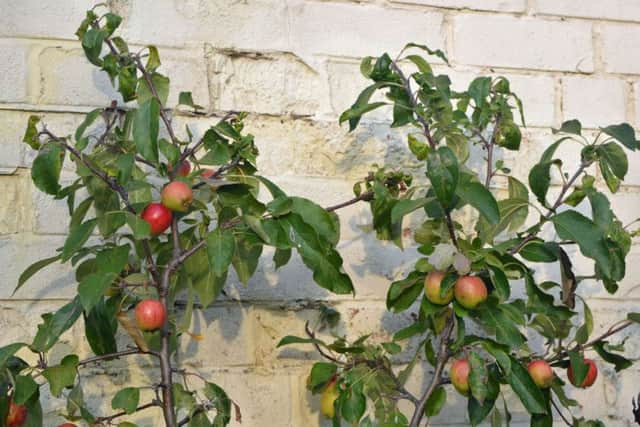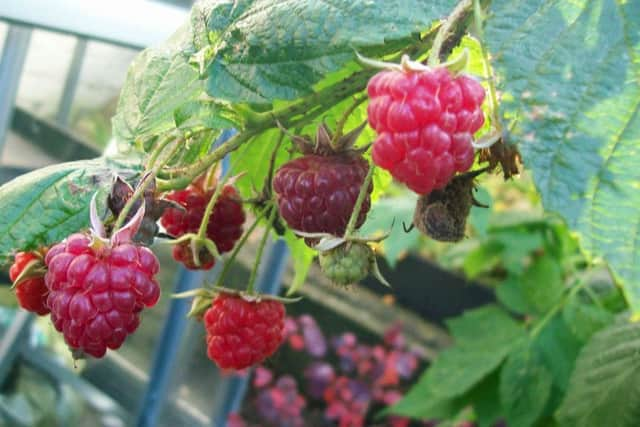GARDENING: The best time to prune those fruit trees
This article contains affiliate links. We may earn a small commission on items purchased through this article, but that does not affect our editorial judgement.


Well, it depends on the type of tree and its age. Summer pruning is mainly for trained trees: cordons, espalier, fan, pyramid, or spindlebush, or if your space is restricted and it is grown in a container.
Trees grown as standards or bushes are managed with winter pruning.


Advertisement
Hide AdAdvertisement
Hide AdThe time to summer prune is when the bottom third of the new shoots is stiff and woody.
In North East England, that’s generally August for pears and the beginning of September for apples.
Summer pruning is to cut back new shoots to allow light to reach the fruit.
Winter pruning is mainly for apples and pears grown as bush or standards. Restricted forms are managed with summer pruning, although winter pruning is used to train them initially.


Advertisement
Hide AdAdvertisement
Hide AdApple and pear trees should be pruned every winter to ensure a good crop the following season. The aim is to create an open goblet shape with a framework of about five main branches.
How to summer prune:
Cut back new shoots (laterals) more than 20cm (8in) long growing from the main stem to three leaves above the basal cluster of leaves. Do not prune new shoots that are less than 20cm (8in) long as they usually end in fruit buds.
Cut back new shoots growing from existing sideshoots (sub-laterals) to one leaf above the basal cluster.


Remove any upright, vigorous growth completely and any stems that are diseased or dead.
JOBS FOR THE WEEKEND
Advertisement
Hide AdAdvertisement
Hide AdKeep picking autumn-fruiting raspberries and prune out fruited canes on summer-cropping varieties.
Put grease bands on fruit trees to catch wingless winter moths.


Plant out rooted strawberry runners and pot some up to bring into the greenhouse later in winter for early fruits.
Vegetables to sow now include lettuces, spinach, land cress, purslane, beetroot, radishes, coriander, spring onions, calabrese, spring greens, turnips for their green tops, Swiss chard, winter spinach and hardy Japanese onions.
Advertisement
Hide AdAdvertisement
Hide AdSow hardy annuals to provide early spring blooms - pull up hardy annual plants if you don’t want them to set seed everywhere.
Harvest cucumbers regularly to promote further flower development.
Stop watering begonias and gloxinias so they die down after flowering.
Start watering dormant cyclamen to bring them back into growth after their summer rest.
Advertisement
Hide AdAdvertisement
Hide AdCatch earwigs in upturned pots crammed with newspaper or straw on canes among dahlias, and destroy any you find.
Prune pyracantha and train shoots to supports.
Prepare soil to plant evergreen shrubs and conifers by digging it over and incorporating lots of organic matter.
Prune lavender to maintain its shape, and take lavender cuttings by pulling off sideshoots and inserting them in trays of gritty compost.
Prune rambling roses, removing shoots that have finished flowering.
Plant conifers, shrubs and hedging.
Advertisement
Hide AdAdvertisement
Hide AdRemove suckers from roses, shrubs and around the base of trees.
Trim box topiary and hedging
Improve soil ready for sowing a lawn from seed during showery autumn weather.
Hoe and hand weed borders.
Pinch out the tips of wallflowers to promote bushier growth.
GET IN TOUCH
For more on these topics, plus cook what you grow, traditional recipes, North East information, environmental news and more, log on to www.mandycanudigit.co.uk (now smartphone friendly), www.sunderlandecho.com/gardening, follow me on Twitter @MandyCanUDigIt or you can like me on Facebook at Mandycanudigit